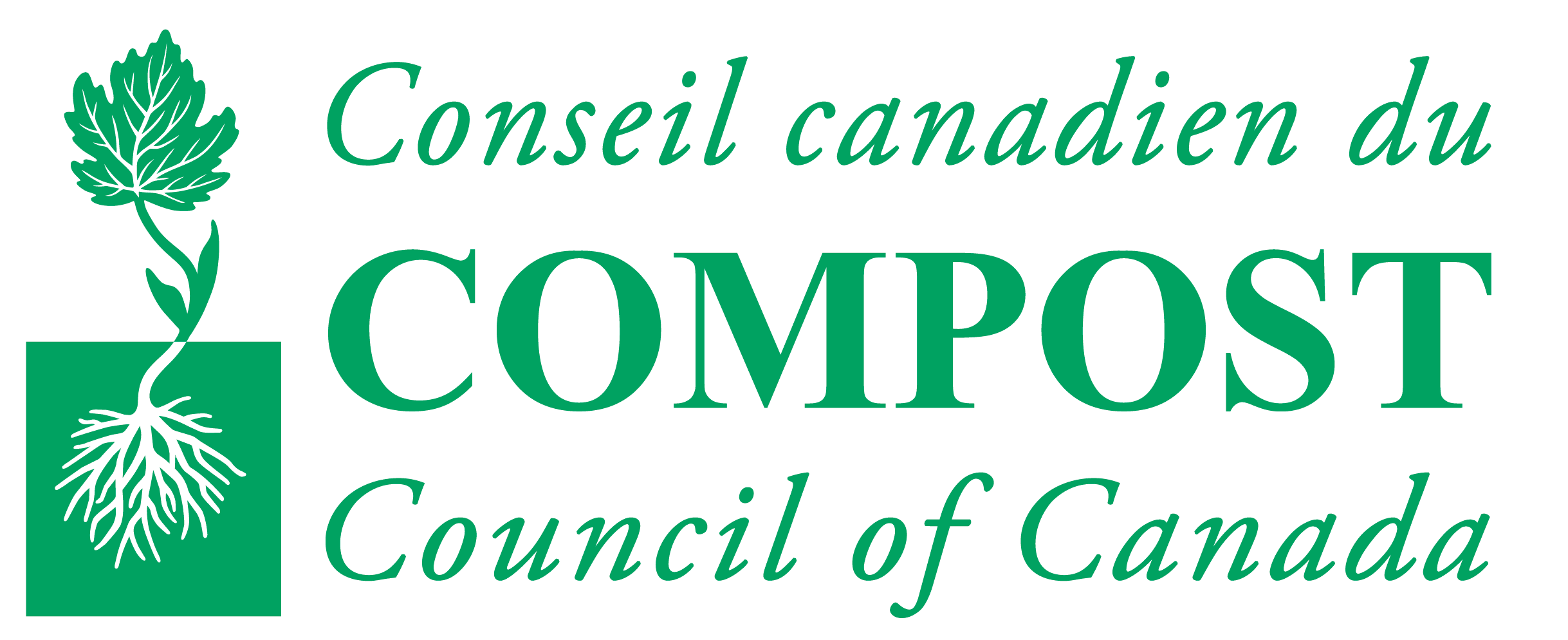Mulching – a fancy word for “Being on top of the Soil”
Want a simple way to save up to 40% of the time that you usually spend mowing your lawn and do something great for the environment?
Stop raking and bagging your grass clippings! Leave them on the lawn and let them be recycled.
Grass clippings can make up a significant portion of a household’s waste. During the peak growing season, they can amount to almost 35% of all waste materials collected.
By recycling your grass clippings (or “grasscycling”) and keeping them in your own yard, you are recycling in the truest sense, returning nutrients to your soil.
The added benefit of grasscycling is that you are fortifying and strengthening the turf naturally. The clippings returns nitrogen and other nutrients back to the soil. And, with grass being comprised of over 90% water, the clippings supply valuable moisture to your lawn.
Tips on Mowing and Maintaining a Healthy Lawn
- Lawns should be mowed to a height of approximately 7 centimetres (3 inches) – never shorter than 4 cm (1.5”). This will result in a good growth which keeps the grass vigorous, shades out weed seedlings and helps conserve soil moisture.
- Cut your lawn regularly. Set your mower blade high: 5- 7 centimetres (2 – 3 inches) from the ground.
- Never remove more than the top 1/3 of the total grass blade in one cutting. “Scalping” or cutting the lawn very close is very harmful to the lawn. When too much of the leaf is cut away, the plant can begin to starve because the crown of the grass blade (located at or near the ground surface) may have been cut. A small top growth cannot support a large healthy root system which is necessary to seek out water and nutrients.
- Make sure the blade of your lawnmower is sharp. A dull blade tears the grass and makes it susceptible to disease. Mulching blades cut grass multiple times, producing very short clippings.
- Avoid excess watering and fertilizing which can be destructive to the lawn if done too often.
- If the growth is too thick or long and the amount of clippings is excessive, collect them and add in 15 cm (6”) layers to backyard composters. They will help break down other yard and food waste. Fresh grass clippings are “greens” and provide nitrogen; dried grass clippings are “browns” and provide carbon. Both nitrogen and carbon are required for successful composting. Grass clippings are also useful around trees, shrubs and vegetables as garden mulch, helping to enrich and moisten the soil.
- In the Fall, mulch your leaves into the lawn. They are also an excellent source of nutrients for your lawn
With special thanks to the Town of Markham (905-415-7535), the City of Toronto (416-392-4689) and Heather Apple of the Canadian Organic Growers, Durham Chapter for use of their informational materials to produce this factsheet.
For more information, please e-mail us at info@compost.org or call us at 1-877-571-GROW(4769).
The Compost Council of Canada is the national non-profit, member-driven organization dedicated to advocating and advancing organics residuals recycling and compost use. The Council serves as the central resource and network for the compost and organics recycling industry in Canada and, through its members, contributes to the environmental sustainability of the communities in which they operate.
